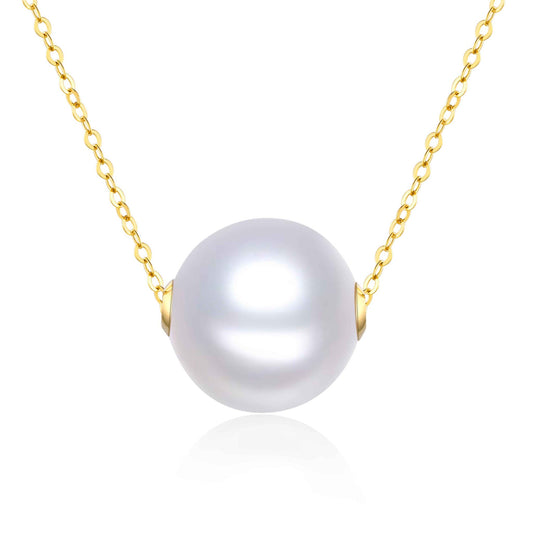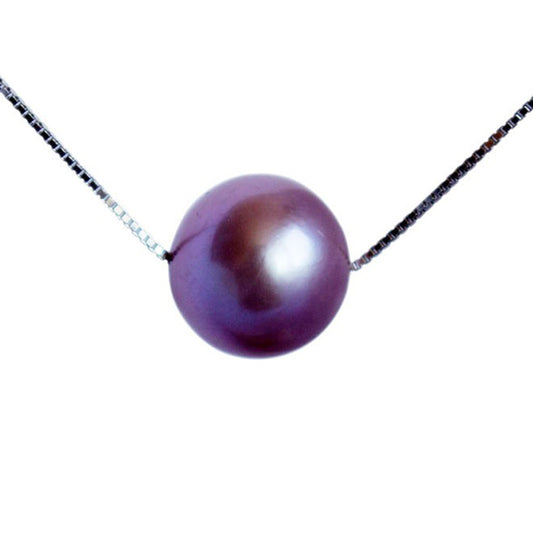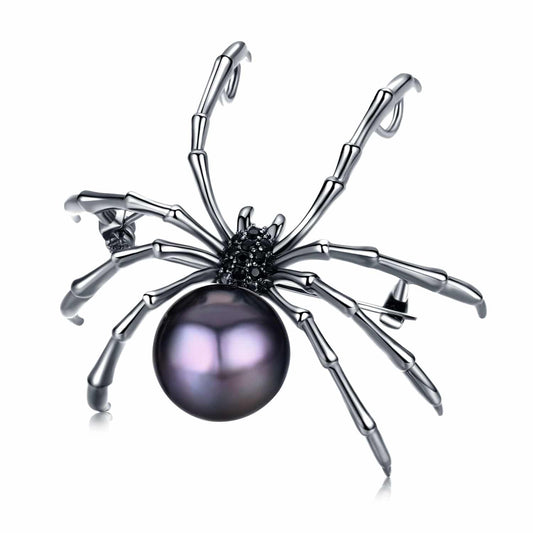She Dedicated Her Life to Fight for Justice and Peace
A passionate welfare campaigner, humanitarian and peace activist, she crossed continents to fight against oppression, and exposed the horrors of British concentration camps in South Africa. Like grit polishes a pearl to radiant beauty, her activism brought the light of justice to the darkest corners. This is another installment of the Living like a Pearl series. Find the other stories here.
__________
Emily was born into a family of faith and activism on April 9, 1860 in St Ive, England, and the name Hophouse carries an association with social reform.
When the Second Boer War erupted in South Africa in October 1899, Emily’s path would change the pages of history. Triggered by the discovery of diamonds and gold in the independent Boer states, the war was fought between the occupying British Empire and the Boer, who were the descendants of the early European ‘Free Burghers’ settlers of South Africa in the 18th century.

Emily Hobhouse, By Henry Walter Barnett
Emily was invited by a Liberal MP to become secretary of the women’s branch of the South African Conciliation Committee, a British anti-war organization. Upon learning of the hundreds of Boer women and children that were impoverished in a concentration camp by British military operations, she founded ‘The Distress Fund for South African Women and Children’, and sailed for the Cape Colony on December 7, 1900 to supervise its distribution.
Upon arriving, she was shocked to discover there were 45 other camps, and her work began. She spoke up for what was right at a time when women did not have a voice of authority. But with her letters of introduction from various officials, she persuaded the authorities to let her visit several camps to deliver aid, where the conditions were deplorable.
The overcrowding, heat, lack of resources and unhygienic conditions in the camps had caused the death of over 26,000 people, of which 24,000 were children and infants. The rate of child death was approximately 50 per day. Emily’s urgent report on the camp’s conditions was delivered to the British government in June 1901, describing the extent of neglect by the British authorities. It resulted in a team of official investigators sent to inspect the camps, headed by Millicent Fawcett, a British politician, writer and feminist.
Some the extracts from Emily’s report included:
“I call this camp system a wholesale cruelty… To keep these Camps going is murder to the children.”
“Above all one would hope that the good sense, if not the mercy, of the English people, will cry out against the further development of this cruel system which falls with crushing effect upon the old, the weak, and the children. May they stay the order to bring in more and yet more. Since Old Testament days was ever a whole nation carried captive?”
Emily visited and reported on other camps in the region, all of which were under similar conditions of severe neglect and human tragedy. As a result of her intervention, the camps stopped receiving new Boer families in late 1901, and the conditions improved.
Her return to England was met with criticism and hostility from the media and the British government. She attempted to return to Cape Town in October 1901, but upon arriving, was not permitted to land and was deported after five days of waiting. She dealt with the injustice by writing a book on all she had experienced called, ‘The Brunt of the War and Where it Fell’.
Despite opposition from the British, she succeeded in obtaining more funding to help the Boer civilians. It was after the Second Boer War ended in May 1902 that Emily returned to South Africa to continue her mission. Her efforts supported reconciliation. She stayed until 1908 when ill health forced her to return home. But one last journey to South Africa was in 1913 for the inauguration of the National Women’s Monument, where her speech promoting goodwill between all races was celebrated.
Emily became an honorary citizen of South Africa for her humanitarianism. A peace activist at home as well as abroad, she was a vocal opponent of the First World War and through her activism, thousands of women and children who faced starvation were fed for more than a year in central Europe after the war.
On June 8, 1926 at 66 years old, Emily died in England, and was regarded as a heroine in South Africa, where her ashes were ensconced inside a niche in the National Women's Monument. However, Britain didn’t celebrate her legacy, which had shone an embarrassing light on the suffering caused by the atrocious conditions of their camps in the Boer War. Despite her activism which saved many lives in two wars, she died as an unsung hero in her own country.
Thanks to a book published in 2016 entitled ‘Emily Hobhouse: Beloved Traitor’, we have renewed appreciation of her remarkable life, with the author Elsabé Brits traveling in Emily’s footsteps, and retracing her inspirational story and struggles.
Today, Emily’s pearl of heroism is greatly appreciated in Britain, and there is a statue of her at the parish church at St Ive, Cornwall, where she was born.




